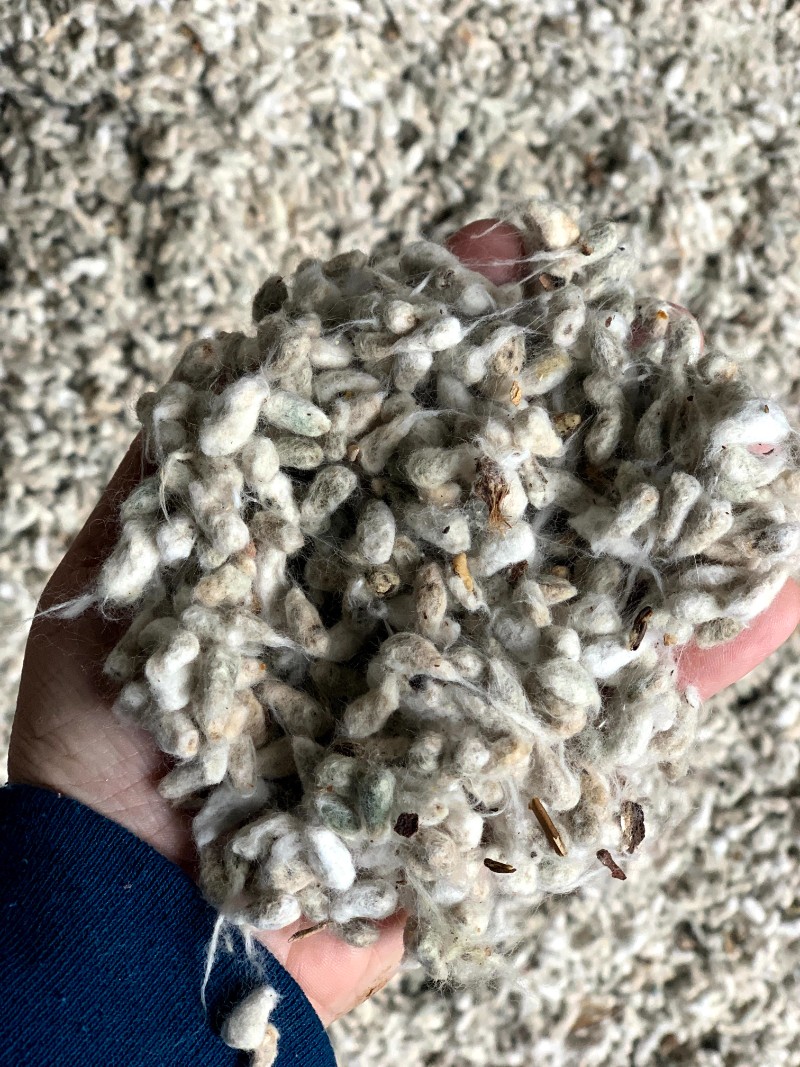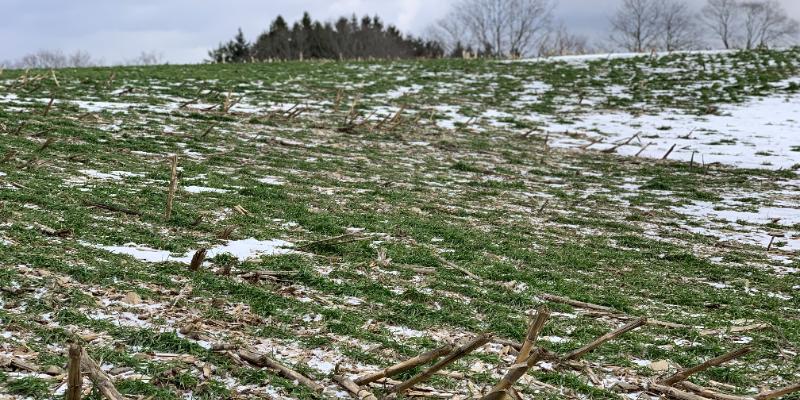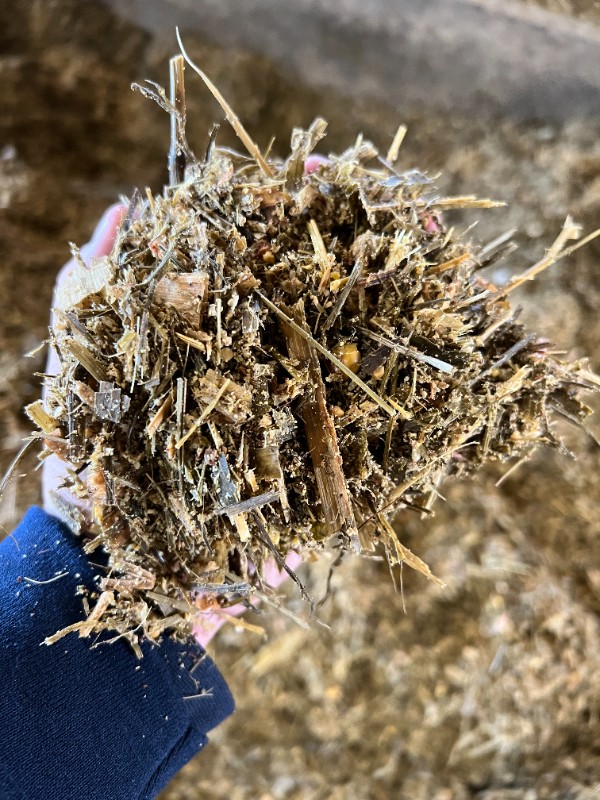-
February 27, 2023

- • Featured • Announcements
Sustainability Solutions on the Farm
For generations, farmers have been the key to providing a healthy, safe, and affordable food supply. In addition to producing food, farmers must also think about the future and making sure that the farm remains a productive business for generations to come. Implementing sustainable practices in the field and in the barn allows farmers to do more today for a better tomorrow.
In the barn, cows are known as the original recyclers. Cows produce manure. Manure is used as fertilizer in the field. Crops grow in the field. Cows eat the crops. Cows produce more manure. It’s a cycle that provides opportunities for farmers to be sustainable by recycling products and by-products. The manure that cows produce is utilized as organic fertilizer during the growing season resulting in a decrease in the usage of synthetic fertilizers. Farmers apply manure in a variety of ways, but before doing so, they must test the fields to determine the amount of manure that can be applied to each location.
Each field is different, which means the requirements for specific nutrients differ, resulting in the need for incredibly thorough record-keeping. Producing manure is inevitable on the farm, but it certainly has a purpose and helps farmers be sustainable while working to produce food for our communities.

A cow’s diet is developed with pristine and concise measurements of each ingredient. Nearly 1/3 of a cow’s diet consists of by-products from other industries. This includes brewers' grain from local breweries, citrus pulp, cotton seed, and bakery leftovers from local grocers. More than 80% of what a dairy cow eats can’t be consumed by humans. So rather than let it go to waste, cows are sustainable and help farms continue to implement practices that efficiently produce more with less.

As you’re driving down country roads during the winter months, you might see some crops peeking through the snow-covered ground. This isn’t the corn or soybeans or hay that you typically see growing throughout the year that will be harvested for feed. Instead, what you’re seeing are cover crops. The cover crops are planted after the fall harvest, before the snow flies and the ground freezes. Cover crops are a critical way that helps keep soil in the field. Soil consists of essential nutrients needed to productively grow crops, so it’s important that the soil stays exactly where farmers need it - in the field. Cover crops help to improve soil health and water quality while developing a root system that increases water filtration and absorbs excess nutrients that are not needed. Planting cover crops decreases the opportunity for runoff and erosion to occur, resulting in soil staying exactly where farmers want it, thus being sustainable for future generations.

Farmers implement conservation practices on their farm all year round to ensure that their business continues to be successful for their families. By being sustainable and enhancing efficiencies, farmers have been able to do more with less and continue to manage the challenges presented to them. U.S. agriculture would have needed nearly 100 million more acres 30 years ago to match the production level that farmers have today. That is equal to the size of 117,000 Central Parks. Doing more with less. Managing challenges. Implementing efficiencies. Farmers are solution-oriented and while each farm and each solution is different, the goal remains the same: leave the farm in a better condition than when they received it. Agriculture is truly an industry than can lead the way to sustainable solutions for a brighter future.

